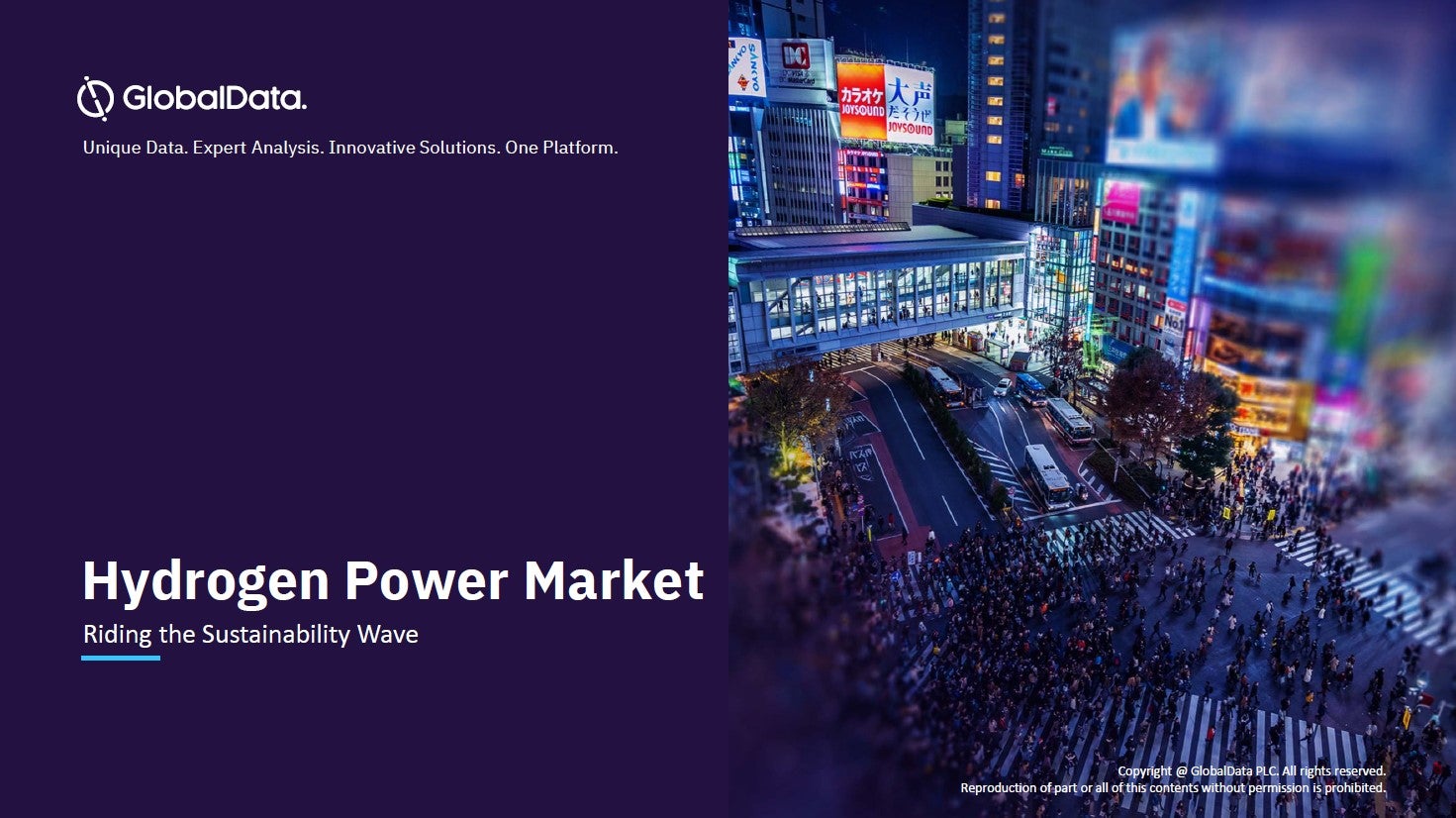Adani Group has entered into a partnership with TotalEnergies (TE) to jointly develop the green hydrogen ecosystem with an investment of $50 billion over the next 10 years. TE will own 25% in the joint venture company namely Adani New Industries Ltd (ANIL). In the initial phase, ANIL will develop a green hydrogen production capacity of one million tonnes per annum before 2030.
Green hydrogen is produced by splitting water into hydrogen and oxygen using an electrolyser powered by electricity coming from renewable energy sources like wind and solar. As per the draft National Hydrogen Mission (NHM), refiners and fertilizer producers are mandated to meet half of their hydrogen needs through green hydrogen by 2030. This would be done in a staggered manner. Green hydrogen is mandated to account for 10% of the overall hydrogen needs of refiners from 2023/24, rising to 25% in five years and finally 50% by 2030. Refineries use large quantities of hydrogen for de-sulphurisation to make fuels like petrol, diesel etc.
How well do you really know your competitors?
Access the most comprehensive Company Profiles on the market, powered by GlobalData. Save hours of research. Gain competitive edge.

Thank you!
Your download email will arrive shortly
Not ready to buy yet? Download a free sample
We are confident about the unique quality of our Company Profiles. However, we want you to make the most beneficial decision for your business, so we offer a free sample that you can download by submitting the below form
By GlobalDataHydrogen is light, storable, and does not produce direct carbon emissions or greenhouse gases (GHG) when combusted. It can be produced from numerous energy sources such as natural gas, nuclear power, and renewable energy sources such as biomass, wind, and solar power.
The below chart describes the routes for the production of hydrogen.

ANIL aims to be largest fully integrated green hydrogen player in the world with the presence across the value chain from manufacturing of renewable energy and hydrogen equipment like solar panels, wind turbines and electrolyzers to large scale generation of green hydrogen to downstream facilities producing green hydrogen derivatives.
With Europe targeting to become carbon neutral by 2050, many oil majors of Europe have already announced their plans to commit towards climate goals. BP Plc has set a net zero emissions target by 2050. The company is expected to invest $3-4 billion by 2025 and around $5 billion by 2050 in low carbon technologies to achieve its net zero target. It aims to develop 50 GW of renewable power by 2030. Equinor ASA has set a net zero emissions target by 2050 and target for carbon neutral operations globally by 2030. It has set a mid-term target of 4-6 GW of renewable energy installations by 2026 and 12-16 GW by 2035. TE has ambition to achieve carbon neutrality by 2050. The company has set a target to phase out routine flaring which leads to emissions by 2030. Apart from decarbonising hydrogen used in its European refineries by 2030, the company plans to pioneer the mass production of green hydrogen as it expects that market to take off by the end of this decade. The company’s entry into ANIL is a major milestone in implementing its low-carbon hydrogen strategy.
India, the third biggest emitter of greenhouse gases after China and the US has pledged that it will become carbon neutral by 2070. The country envisions to raise the share of renewable energy to 50% by 2030 in its energy mix as it has set a target of 450 GW of renewable energy installations by that year. To achieve a significant jump in meeting the climate target, India launched the National Hydrogen Mission (NHM) through which it targets to produce five million tonnes of green hydrogen annually by 2030. For a country that relies on coal for more than 70% of its electricity, Adani’s efforts are important in India’s shift away from coal power.





Related Company Profiles
Equinor BV
Adani
te (Inactive)
Adani New Industries Ltd
Adani Group